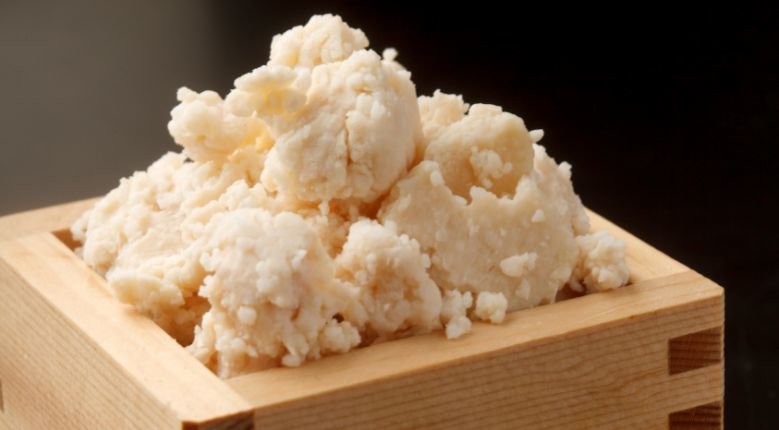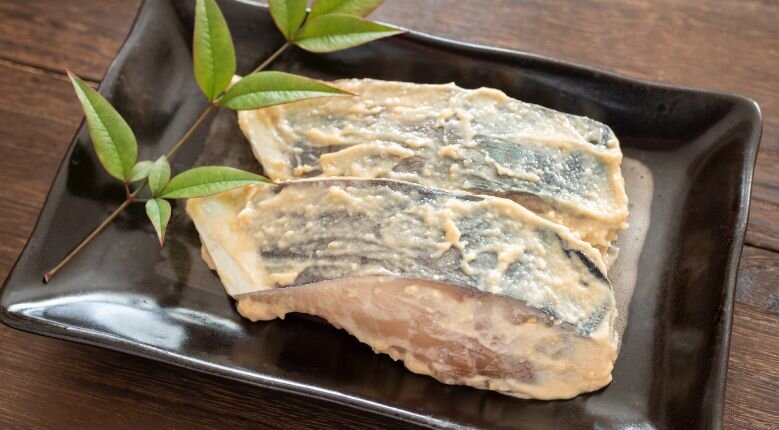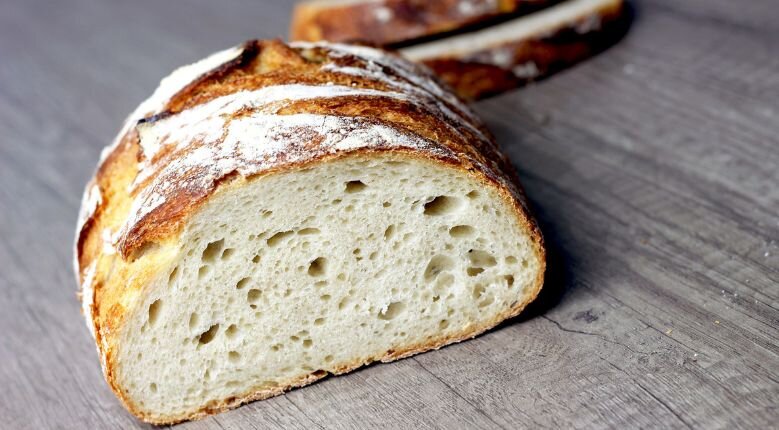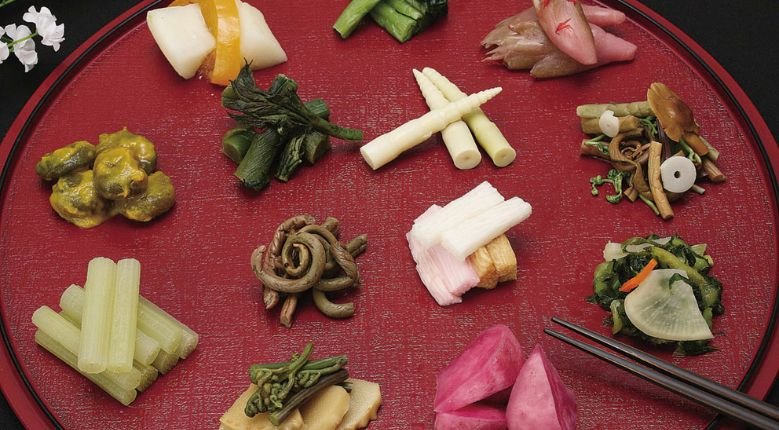
Sake lees, or sake kasu, is a by-product of sake production. (Photo from: Shutterstock)
Sake is widely known as Japan’s national drink — residents of Japan take their nihonshu (as they call sake in Japan) seriously, and aficionados usually come up with different pairings to maximise the flavour potential of sake.
What is often overlooked, however, is sake lees, the by-product of sake production. Known in Japanese as sake kasu (酒粕), sake lees are essentially the leftover residue when sake is squeezed out of fermented rice mas. Its alcohol content goes around five to eight per cent, but it actually provides health benefits and is of high nutritional value.
Owing to Japan’s culture of not wasting anything, we identify some of the ways that sake lees can be used.
1. Cooking
As an ingredient packed with flavour and nutritional value, sake lees can be used as an ingredient in many dishes: add it with miso for a comforting soup dish, use it as a marinade for fish or vegetables (commonly referred to as kasuzuke in Japanese) or even on meats such as pork, or even try incorporating it into a pasta dish. Using it as an ingredient to create desserts is well worth the effort too — we recommend using it to make ice cream or a custard pudding!

2. Baking
Due to the presence of live enzymes in it, sake lees work well as a substitute for yeast in making bread, but must still be combined with flour to create a starter — this helps to accentuate the overall structure and taste of it. Sake lees can also be incorporated into brownies, scones, cheesecakes and chiffon cakes, to name a few!

Sake lees act as a good substitute for yeast in baking, and in some instances give the bread more bite. (Photo from: Pixabay)


